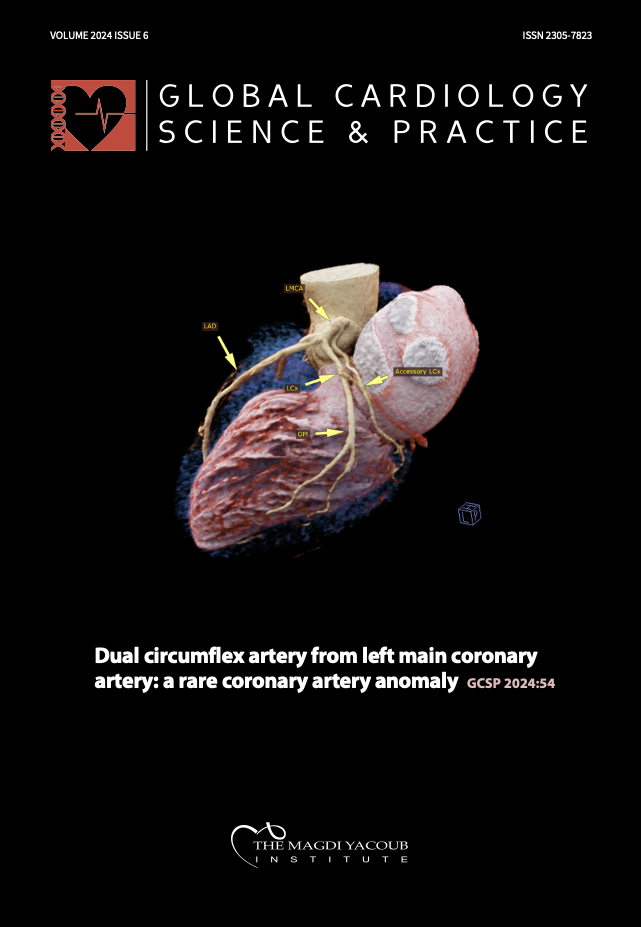Clinical profile and long-term predictors of mortality in idiopathic acute pulmonary thromboembolism
DOI:
https://doi.org/10.21542/gcsp.2024.57Abstract
Background: Unprovoked venous thromboembolism is a poorly understood entity. Clinical risk factors and future outcomes are not well recognized in this subgroup of patients. Various pathogenic mechanisms like inflammation and athero-thrombosis have been put forth but remain investigative. Our study aimed to determine the clinical profile and predictors of mortality in patients with idiopathic pulmonary embolism.
Methods: Our single centre observational study included 510 consecutive patients with symptomatic unprovoked venous thromboembolism. Pulmonary embolism (PE) patients were initially categorized based on the presence or absence of deep vein thrombosis (DVT). Subsequently, the patients were further sub-grouped according to mortality, and the association between clinical parameters and death was evaluated through regression analysis.
Results: The in-hospital mortality of patients with unprovoked pulmonary embolism was 15.9% and 25.76% at three year follow up. Significantly higher number of patients with diabetes, hypertension, dyslipidaemia, lower TAPSE (tricuspidannular plane systolic excursion) and PASP (pulmonary arterial systolic pressure) were found in mortality patients compared to survivor patients. On regression analysis we found significant association of higher odds of age OR=1.1 (1.05-1.23), diabetes OR=2.47 (1.28-4.79), hypertension OR=2.25 (1.19=4.26) and lower odds of thrombolysis OR=0.38 (0.11-0.59) with mortality. On Kaplan Meier survival analysis, the log value of <0.05 showed significantly higher mortality in patients who were not thrombolyzed.
Conclusion: Various short and long-term predictors of mortality exist for pulmonary embolism. Cardiovascular risk factors play a mediating role in venous thromboembolism and also serve as predictors for long-term mortality. Therefore, modifying these risk factors can potentially result in a reduction in long-term mortality.
Downloads
Published
Issue
Section
License
Copyright (c) 2024 Pooja Vyas, Iva Patel , Rujuta Parikh, Vishal Patel, Hasit Joshi, Utsav Patel , Sagar Ghetiya

This work is licensed under a Creative Commons Attribution 4.0 International License.
This is an open access article distributed under the terms of the Creative Commons Attribution license CC BY 4.0, which permits unrestricted use, distribution and reproduction in any medium, provided the original work is properly cited.


